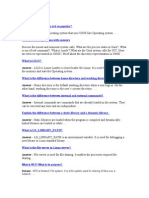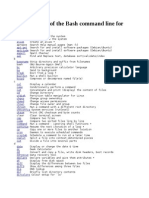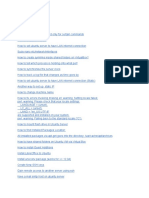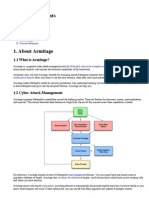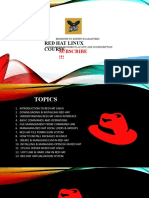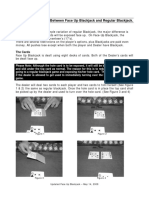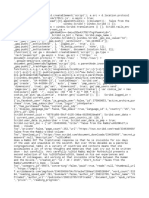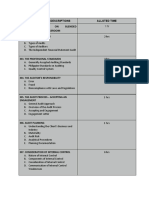0% found this document useful (0 votes)
243 views7 pagesUnix/Linux Basics & Commands Guide
This document provides an introduction to Unix/Linux operating systems. It discusses that Linux is an operating system flavor of Unix, and lists some popular Linux distributions like Red Hat Enterprise Linux, Ubuntu, and Fedora. It also describes the standard file system hierarchy and some basic Unix commands for file management, package installation, and system administration. Finally, it provides some important reminders for using common Unix commands like cat, grep, sort, tar, and gzip.
Uploaded by
anoopsamalCopyright
© © All Rights Reserved
We take content rights seriously. If you suspect this is your content, claim it here.
Available Formats
Download as PDF, TXT or read online on Scribd
0% found this document useful (0 votes)
243 views7 pagesUnix/Linux Basics & Commands Guide
This document provides an introduction to Unix/Linux operating systems. It discusses that Linux is an operating system flavor of Unix, and lists some popular Linux distributions like Red Hat Enterprise Linux, Ubuntu, and Fedora. It also describes the standard file system hierarchy and some basic Unix commands for file management, package installation, and system administration. Finally, it provides some important reminders for using common Unix commands like cat, grep, sort, tar, and gzip.
Uploaded by
anoopsamalCopyright
© © All Rights Reserved
We take content rights seriously. If you suspect this is your content, claim it here.
Available Formats
Download as PDF, TXT or read online on Scribd
/ 7

